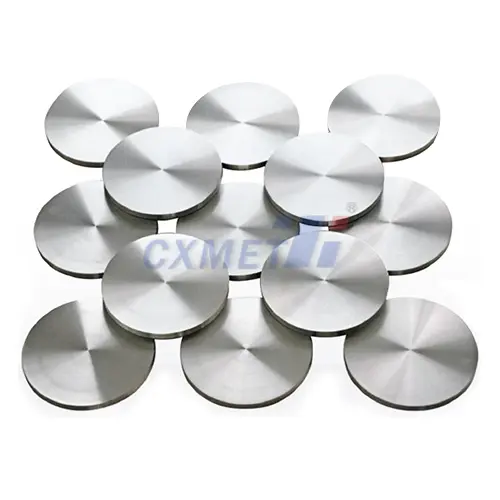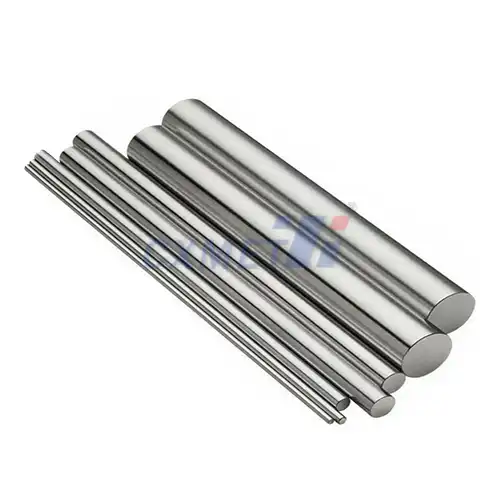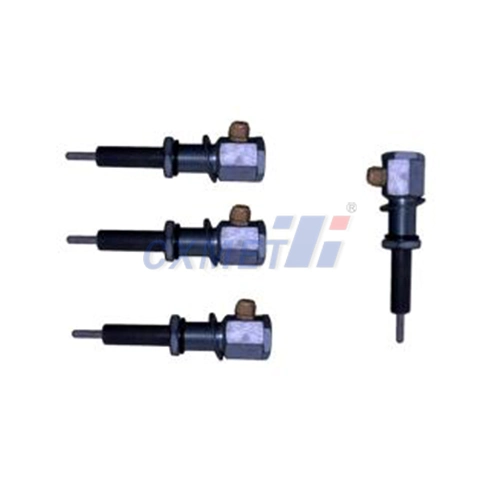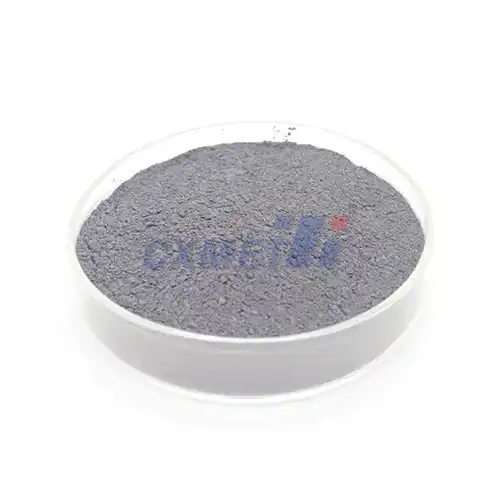- English
- French
- German
- Portuguese
- Spanish
- Russian
- Japanese
- Korean
- Arabic
- Greek
- German
- Turkish
- Italian
- Danish
- Romanian
- Indonesian
- Czech
- Afrikaans
- Swedish
- Polish
- Basque
- Catalan
- Esperanto
- Hindi
- Lao
- Albanian
- Amharic
- Armenian
- Azerbaijani
- Belarusian
- Bengali
- Bosnian
- Bulgarian
- Cebuano
- Chichewa
- Corsican
- Croatian
- Dutch
- Estonian
- Filipino
- Finnish
- Frisian
- Galician
- Georgian
- Gujarati
- Haitian
- Hausa
- Hawaiian
- Hebrew
- Hmong
- Hungarian
- Icelandic
- Igbo
- Javanese
- Kannada
- Kazakh
- Khmer
- Kurdish
- Kyrgyz
- Latin
- Latvian
- Lithuanian
- Luxembou..
- Macedonian
- Malagasy
- Malay
- Malayalam
- Maltese
- Maori
- Marathi
- Mongolian
- Burmese
- Nepali
- Norwegian
- Pashto
- Persian
- Punjabi
- Serbian
- Sesotho
- Sinhala
- Slovak
- Slovenian
- Somali
- Samoan
- Scots Gaelic
- Shona
- Sindhi
- Sundanese
- Swahili
- Tajik
- Tamil
- Telugu
- Thai
- Ukrainian
- Urdu
- Uzbek
- Vietnamese
- Welsh
- Xhosa
- Yiddish
- Yoruba
- Zulu
How is Ti-6Al-7Nb Titanium Alloy Wire Manufactured?
2024-09-09 14:45:40
Ti-6Al-7Nb titanium alloy wire is a specialized material known for its exceptional properties and wide range of applications, particularly in the medical and aerospace industries. The manufacturing process of this alloy wire is a complex and carefully controlled procedure that involves several stages, from raw material preparation to final wire drawing. This blog post will delve into the intricacies of Ti-6Al-7Nb titanium alloy wire production, exploring its unique properties, the impact of manufacturing processes on its performance, and its primary applications.
What are the unique properties of Ti-6Al-7Nb alloy?
Ti-6Al-7Nb is a alpha-beta titanium alloy that has gained significant attention in recent years due to its remarkable combination of properties. This alloy was developed as an alternative to the widely used Ti-6Al-4V alloy, primarily to address concerns about the potential toxicity of vanadium in medical implants. The unique properties of Ti-6Al-7Nb alloy include:
1. Excellent Biocompatibility: One of the most critical properties of Ti-6Al-7Nb is its outstanding biocompatibility. The alloy doesn't release harmful ions into the human body, making it an ideal choice for medical implants and devices. This property is largely attributed to the stable oxide layer that forms on the surface of the alloy, which prevents corrosion and ion release.
2. High Strength-to-Weight Ratio: Like other titanium alloys, Ti-6Al-7Nb boasts an impressive strength-to-weight ratio. This characteristic makes it particularly valuable in applications where weight reduction is crucial, such as in aerospace components or lightweight medical devices.
3. Corrosion Resistance: The alloy exhibits exceptional resistance to various forms of corrosion, including pitting, crevice corrosion, and stress corrosion cracking. This property is essential for its longevity in both medical and industrial applications.
4. Excellent Mechanical Properties: Ti-6Al-7Nb demonstrates high tensile strength, good ductility, and impressive fatigue resistance. These mechanical properties make it suitable for applications that require long-term reliability under cyclic loading conditions.
5. Low Elastic Modulus: Compared to many other metallic biomaterials, Ti-6Al-7Nb has a relatively low elastic modulus. This property is beneficial in medical implants as it helps reduce stress shielding effects, promoting better bone remodeling around the implant.
These unique properties of Ti-6Al-7Nb alloy make it an excellent material for various applications, particularly in the biomedical field. However, harnessing these properties in wire form requires precise control during the manufacturing process, which brings us to our next topic.
How does the manufacturing process affect the wire's performance?
The manufacturing process of Ti-6Al-7Nb titanium alloy wire plays a crucial role in determining its final properties and performance. Each step in the production process can significantly impact the wire's microstructure, mechanical properties, and overall quality. Let's explore the key stages of manufacturing and their effects on the wire's performance:
1. Raw Material Preparation: The process begins with the careful selection and preparation of raw materials. High-purity titanium, aluminum, and niobium are combined in precise proportions to create the Ti-6Al-7Nb alloy. The purity and quality of these raw materials directly influence the final properties of the wire. Any impurities or inconsistencies at this stage can lead to defects or suboptimal performance in the finished product.
2. Melting and Ingot Formation: The raw materials are melted together in a vacuum or controlled atmosphere to prevent contamination. The melting process is typically carried out using vacuum arc remelting (VAR) or electron beam melting (EBM) techniques. These methods ensure a homogeneous composition and minimize the presence of unwanted elements or gases. The cooling rate during ingot formation affects the initial grain structure, which in turn influences the wire's mechanical properties.
3. Primary Working: The ingot undergoes primary working processes such as forging or rolling to break down the as-cast structure and improve the material's homogeneity. This stage is critical in developing the initial microstructure that will ultimately determine the wire's strength and ductility. The temperature and degree of deformation during this process must be carefully controlled to achieve the desired balance of properties.
4. Heat Treatment: Heat treatment processes, including solution treatment and aging, are employed to optimize the alloy's microstructure. These treatments can significantly affect the wire's strength, ductility, and corrosion resistance. For example, a fine-grained microstructure typically results in higher strength and improved fatigue resistance, while a coarser grain structure may enhance ductility.
5. Wire Drawing: The wire drawing process is perhaps the most critical stage in determining the final properties of the Ti-6Al-7Nb wire. During this process, the material is pulled through a series of dies with progressively smaller diameters to reduce its cross-sectional area and increase its length. The wire drawing process induces significant plastic deformation, which can lead to:
- Work Hardening: As the wire is drawn, its strength increases due to the accumulation of dislocations in the crystal structure. However, this also reduces ductility.
- Texture Development: Wire drawing can create a preferred crystallographic orientation, or texture, which can result in anisotropic properties.
- Residual Stresses: The drawing process can introduce residual stresses in the wire, which may affect its performance under certain loading conditions.
The interplay between these manufacturing stages significantly affects the wire's final performance. For instance, the degree of cold work during wire drawing, combined with the heat treatment schedule, determines the balance between strength and ductility. Similarly, the surface finish achieved through final treatments can impact the wire's biocompatibility and corrosion resistance.
Moreover, the manufacturing process can be tailored to optimize specific properties for different applications. For example, wires intended for high-strength applications may undergo more severe cold working and specific aging treatments, while those for medical implants might prioritize corrosion resistance and biocompatibility through careful control of surface properties.
Understanding these process-property relationships is crucial for manufacturers to produce Ti-6Al-7Nb wires that meet the exacting standards required for various applications, particularly in the medical and aerospace industries.
What are the main applications of Ti-6Al-7Nb Titanium Alloy Wire?
Ti-6Al-7Nb titanium alloy wire finds applications across various industries due to its unique combination of properties. However, its use is particularly prominent in the medical and aerospace sectors. Let's explore the main applications of this specialized alloy wire:
1. Medical Implants and Devices:
The biomedical field is perhaps the most significant area of application for Ti-6Al-7Nb alloy wire. Its excellent biocompatibility, corrosion resistance, and mechanical properties make it an ideal material for various medical implants and devices:
- Orthopedic Implants: Ti-6Al-7Nb wire is used in the fabrication of bone screws, plates, and intramedullary nails for fracture fixation. The wire's high strength-to-weight ratio and low elastic modulus help reduce stress shielding effects, promoting better bone healing.
- Dental Implants: The alloy's osseointegration properties make it excellent for dental implant applications. Wire forms of the alloy can be used in the production of dental posts and other small, intricate components of dental prosthetics.
- Cardiovascular Devices: Ti-6Al-7Nb wire is utilized in the manufacture of stents, heart valve components, and pacemaker leads. Its corrosion resistance and fatigue strength are crucial for these long-term implantable devices.
- Surgical Instruments: The alloy's strength and corrosion resistance make it suitable for surgical tools and instruments, especially those requiring fine wire components.
2. Aerospace and Aviation:
While not as widely used as Ti-6Al-4V in aerospace applications, Ti-6Al-7Nb alloy wire still finds niche uses in this sector:
l Fasteners and Springs: The high strength and fatigue resistance of Ti-6Al-7Nb wire make it suitable for specialized fasteners and spring applications in aircraft and spacecraft components.
- Sensor Components: In aerospace instrumentation, where reliability under extreme conditions is crucial, Ti-6Al-7Nb wire may be used in sensor fabrication.
- Reinforcement in Composite Structures: The wire can be incorporated into advanced composite materials to enhance their strength and performance in aerospace structures.
3. Marine Applications:
The excellent corrosion resistance of Ti-6Al-7Nb alloy makes its wire form valuable in marine environments:
- Offshore Oil and Gas: Wire components made from this alloy can be used in various offshore equipment where resistance to saltwater corrosion is essential.
- Marine Research Instruments: Oceanographic and marine research equipment often utilize corrosion-resistant materials like Ti-6Al-7Nb for sensors and other components exposed to seawater.
4. Chemical Processing Industry:
In chemical processing plants, where corrosion resistance is paramount, Ti-6Al-7Nb wire finds applications in:
- Filter Elements: The wire can be woven into mesh or screens for filtration systems handling corrosive chemicals.
- Heat Exchangers: Fine wire components in specialized heat exchangers benefit from the alloy's corrosion resistance and heat transfer properties.
5. Sports and Recreation:
Although not as common, Ti-6Al-7Nb wire is sometimes used in high-end sporting goods:
- Bicycle Components: Specialized bike parts, such as spokes or small fasteners, may utilize this alloy for its strength and lightweight properties.
- High-Performance Racing Equipment: In motorsports, where weight reduction is crucial, Ti-6Al-7Nb wire might be used in custom-built components.
6. Research and Development:
The unique properties of Ti-6Al-7Nb alloy make its wire form interesting for various research applications:
- Materials Science Studies: Researchers often use this alloy to study the behavior of titanium alloys under various conditions.
- Biomedical Engineering Research: In the development of new medical devices and implants, Ti-6Al-7Nb wire serves as a benchmark material for testing and comparison.
In conclusion, the manufacturing of Ti-6Al-7Nb titanium alloy wire is a sophisticated process that requires precise control at every stage to achieve the desired properties. The unique characteristics of this alloy, including its biocompatibility, high strength-to-weight ratio, and corrosion resistance, make it invaluable in various applications, particularly in the medical field. As research continues and manufacturing techniques evolve, we can expect to see even more innovative uses for this remarkable material in the future.
At SHAANXI CXMET TECHNOLOGY CO., LTD, we take pride in our extensive product range, which caters to diverse customer needs. Our company is equipped with outstanding production and processing capabilities, ensuring the high quality and precision of our products. We are committed to innovation and continuously strive to develop new products, keeping us at the forefront of our industry. With leading technological development capabilities, we are able to adapt and evolve in a rapidly changing market. Furthermore, we offer customized solutions to meet the specific requirements of our clients. If you are interested in our products or wish to learn more about the intricate details of our offerings, please do not hesitate to contact us at sales@cxmet.com. Our team is always ready to assist you.
References:
1. Geetha, M., et al. (2009). Ti based biomaterials, the ultimate choice for orthopaedic implants – A review. Progress in Materials Science, 54(3), 397-425.
2. Niinomi, M. (2008). Mechanical biocompatibilities of titanium alloys for biomedical applications. Journal of the Mechanical Behavior of Biomedical Materials, 1(1), 30-42.
3. Elias, C. N., et al. (2008). Biomedical applications of titanium and its alloys. Jom, 60(3), 46-49.
4. Rack, H. J., & Qazi, J. I. (2006). Titanium alloys for biomedical applications. Materials Science and Engineering: C, 26(8), 1269-1277.
5. Long, M., & Rack, H. J. (1998). Titanium alloys in total joint replacement—a materials science perspective. Biomaterials, 19(18), 1621-1639.
6. Peters, M., et al. (2003). Titanium alloys for aerospace applications. Advanced Engineering Materials, 5(6), 419-427.
7. Lütjering, G., & Williams, J. C. (2007). Titanium. Springer Science & Business Media.
8. Donachie, M. J. (2000). Titanium: A Technical Guide. ASM International.
9. Leyens, C., & Peters, M. (Eds.). (2003). Titanium and Titanium Alloys: Fundamentals and Applications. John Wiley & Sons.
10. Froes, F. H. (Ed.). (2015). Titanium: Physical Metallurgy, Processing, and Applications. ASM International.




